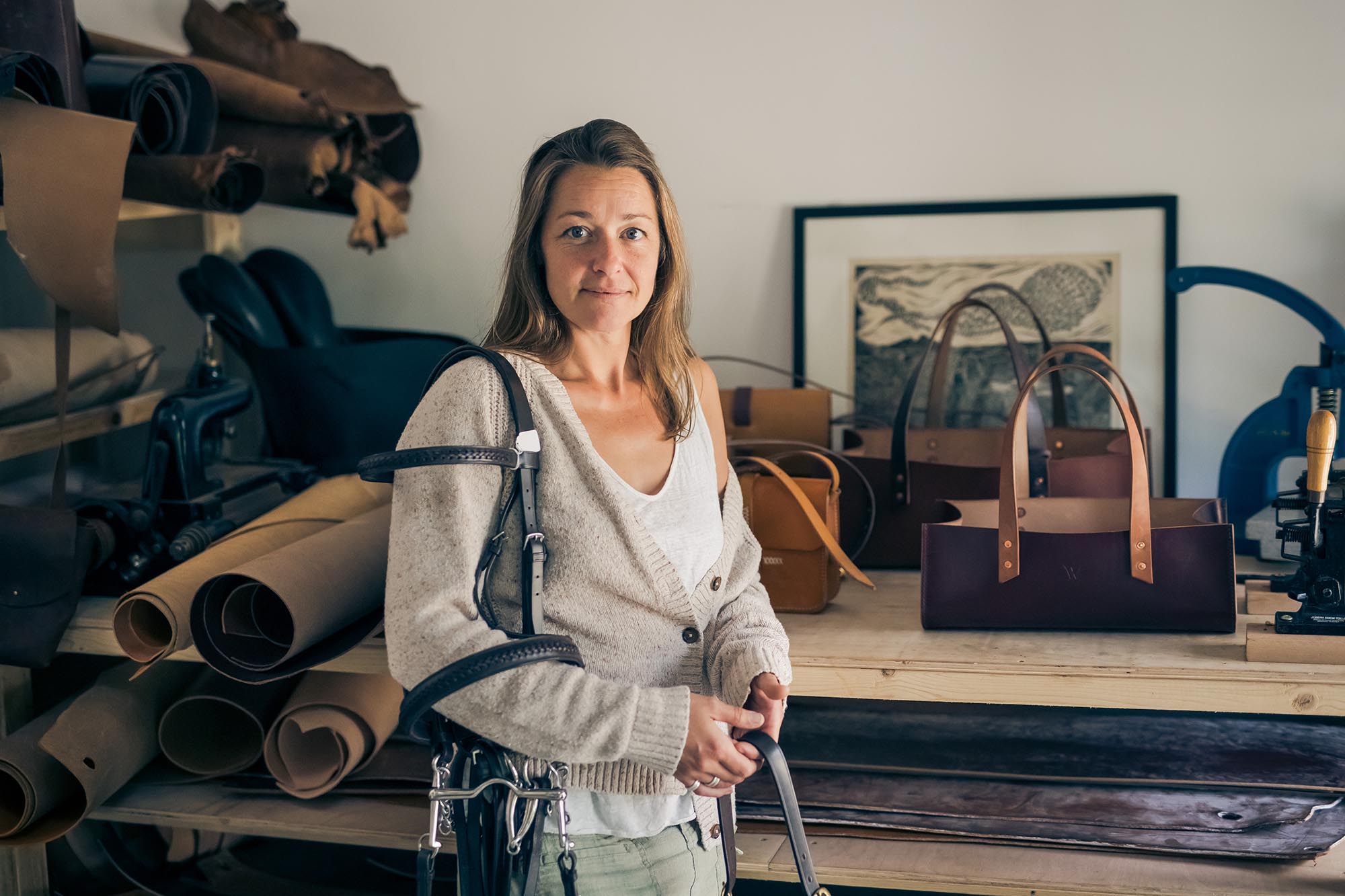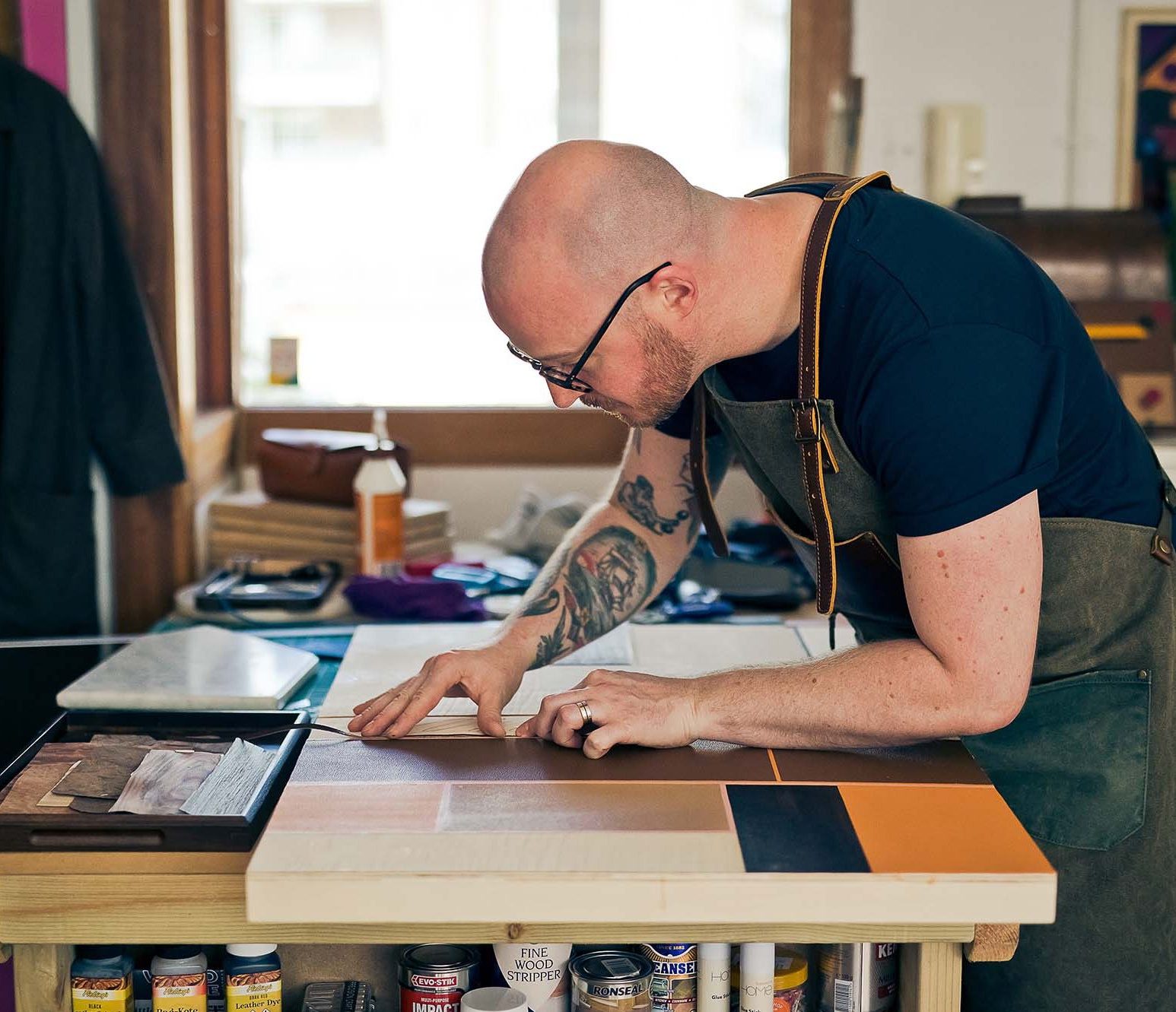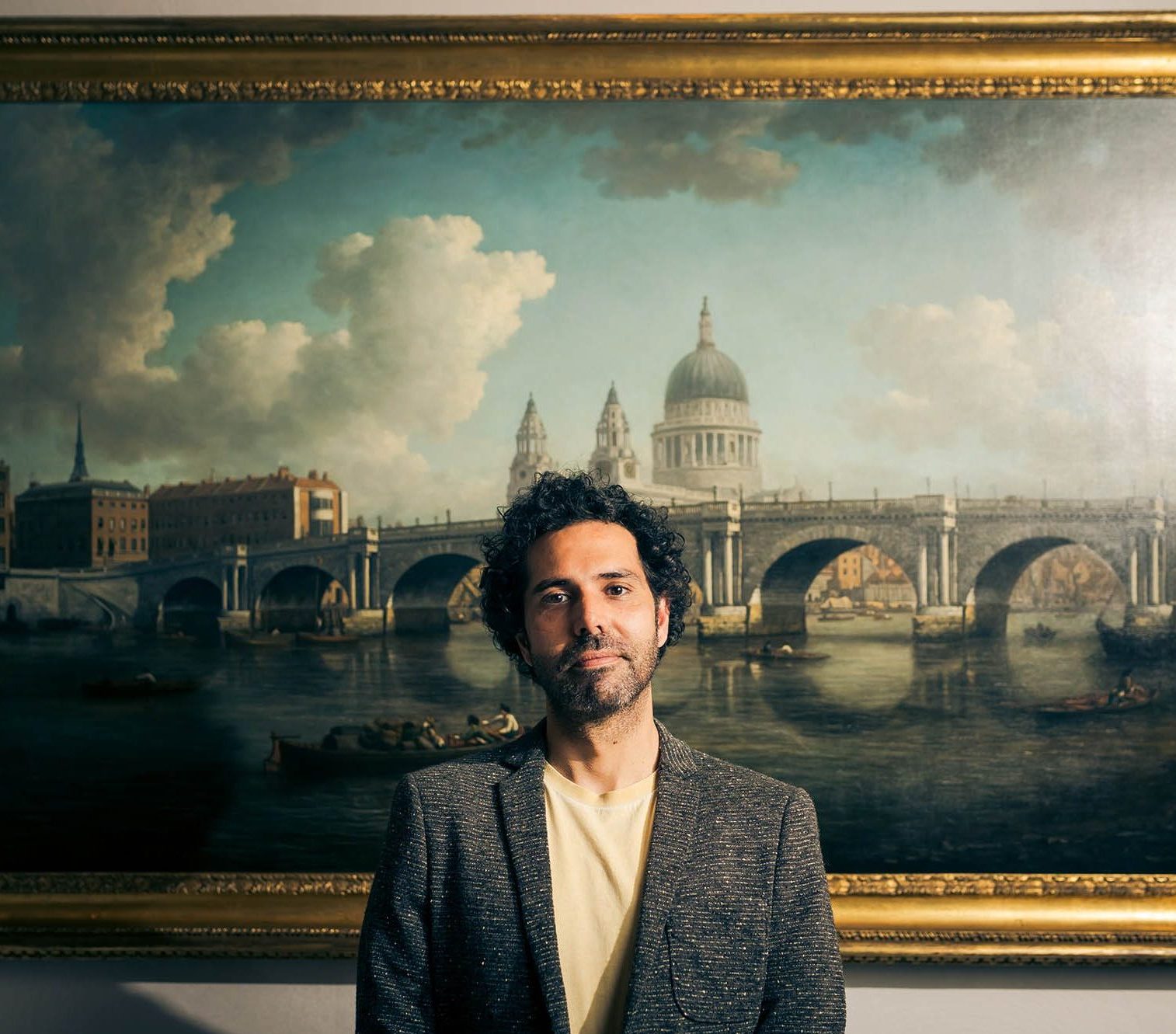Leather
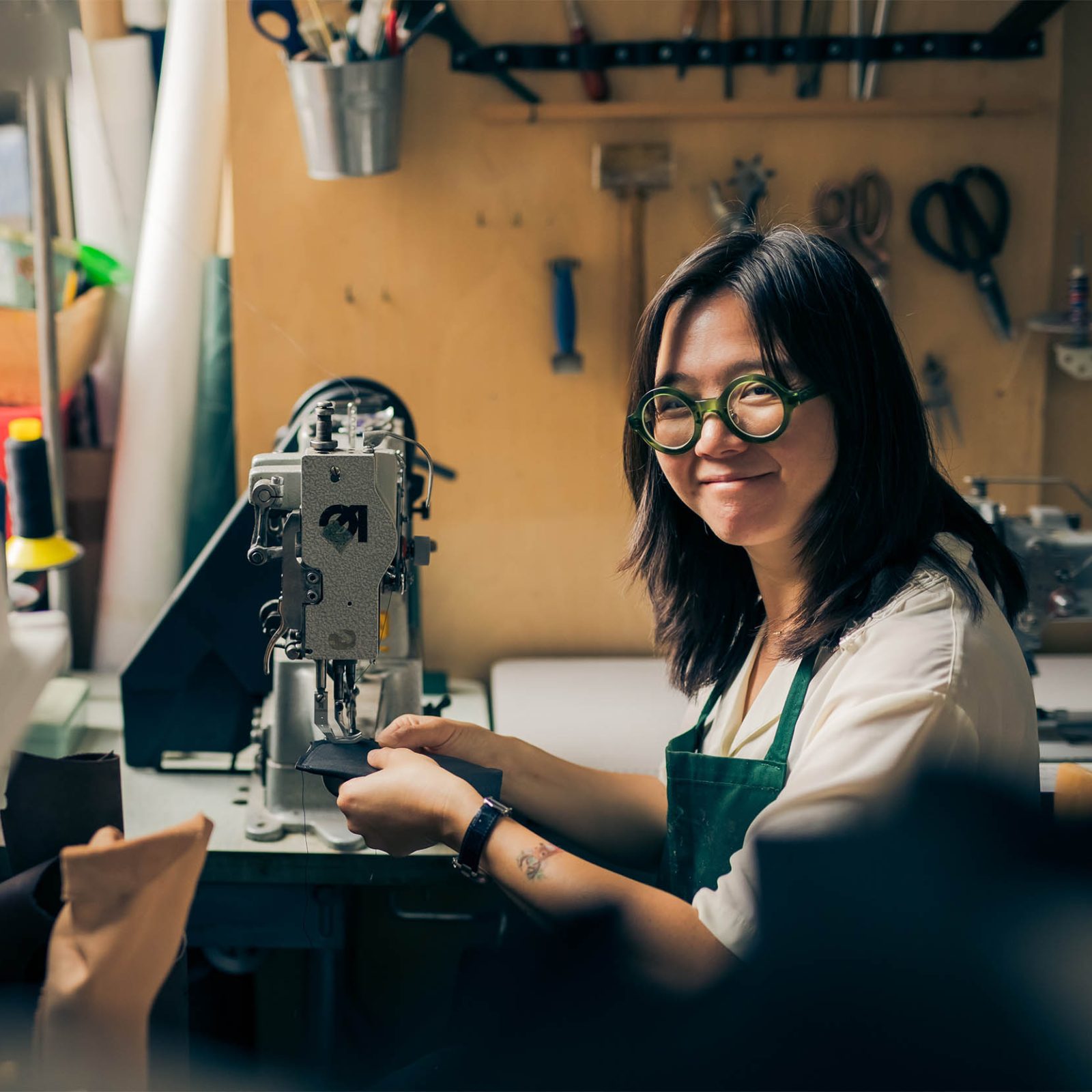
Leather has been at the core of our identity for over 600 years. Today our strategy for supporting the UK leather trade includes celebrating leather; business/maker support; education; industry; and heritage and conservation.
Partnerships
We collaborate with partners who share our ambitions for the leather trade and the people who are working, learning or creating with leather as a material.

Leather Education Partnerships
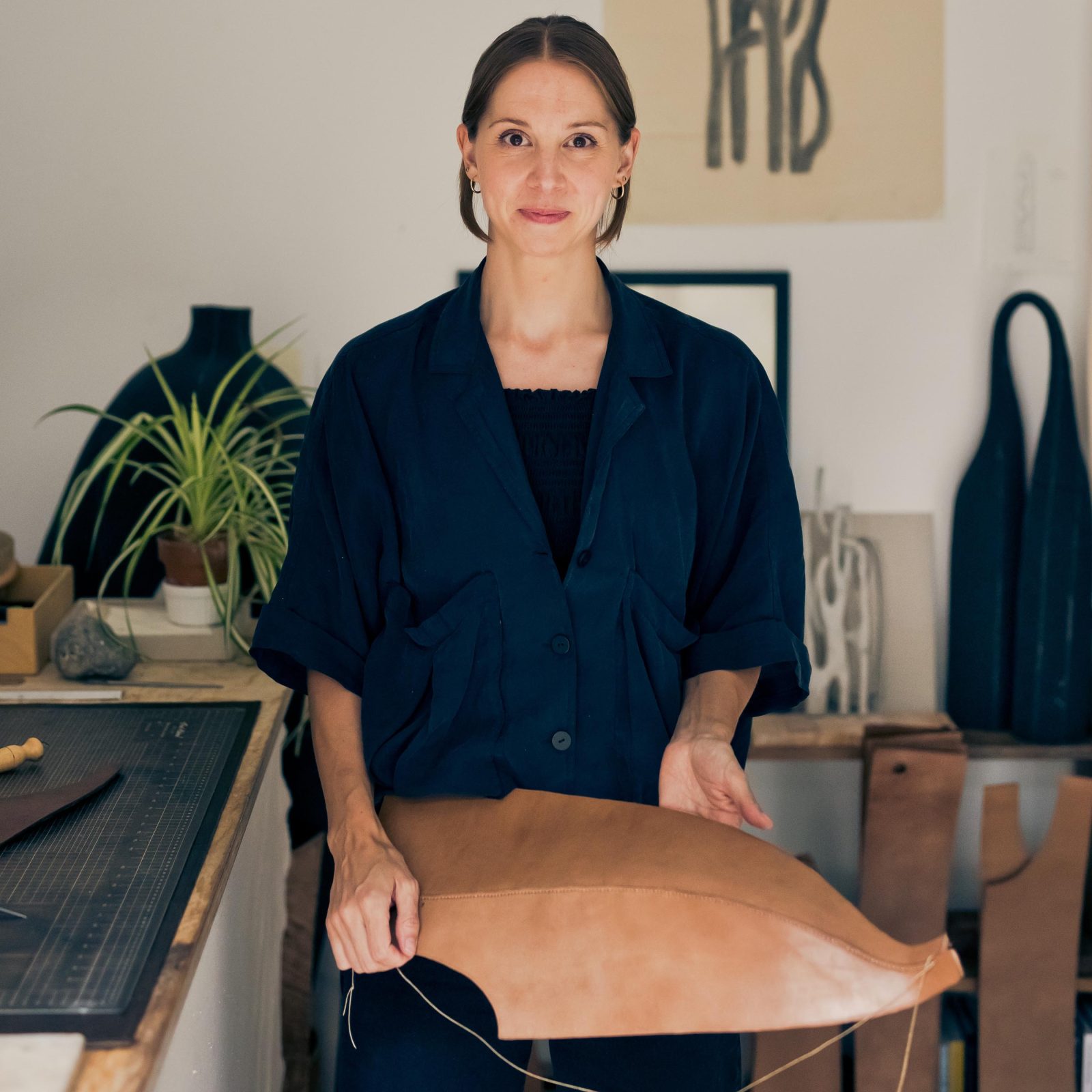
Supporting Makers

Apprenticeships
The Leathersellers’ Award has honestly been one of the most important things I have achieved in my career and has propelled me to not only further my leatherwork practice but also develop and change in ways that would have been near impossible without it.
Carl Fox, leather artist
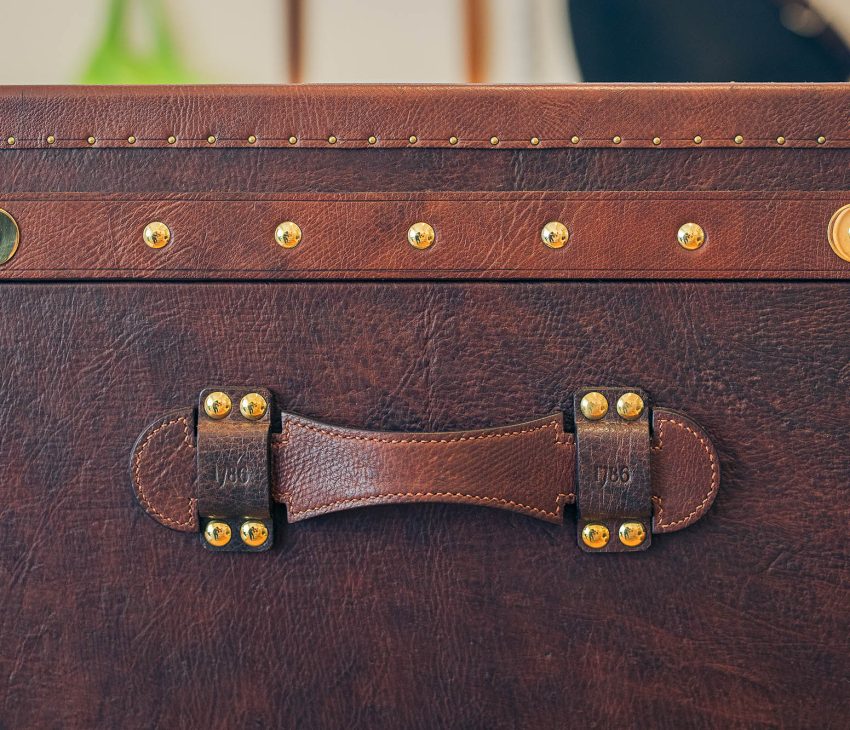
Heritage & Conservation
Leather has a long history. Its many artefacts continue to be sources of information and inspiration. We support the work of The Leathercraft Museum (formerly the Museum of Leathercraft) to promote and preserve the history of leather.
We also help maintain expert skills in leather conservation. We primarily achieve this through the Leather Conservation Centre.
Learn more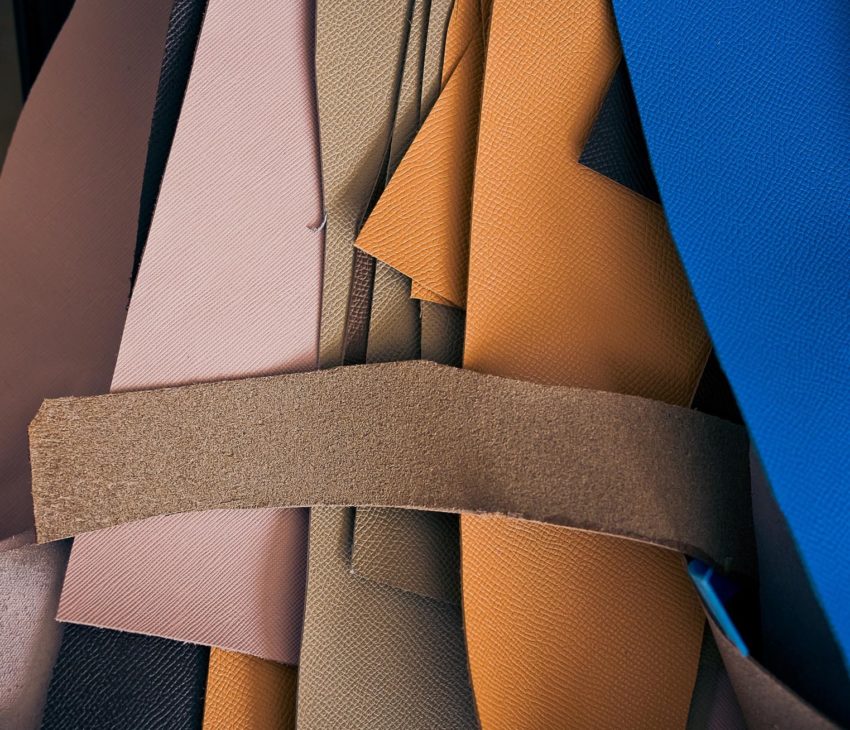
Learn About Leather
In partnership with Leather Naturally, you can access a number of resources that have been drawn together to help lecturers, tutors, and students, and can be downloaded for free.
Learn more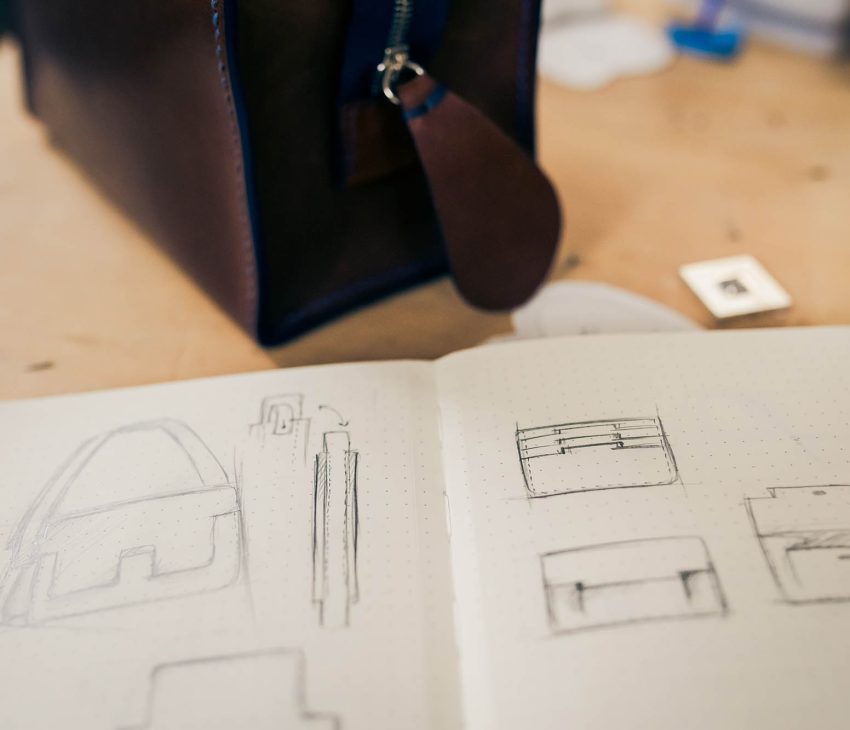
Leatherworking Bursaries
We support individuals looking to improve their leatherworking skills through formal or informal training opportunities from a range of disciplines through sponsoring bursaries with Heritage Craft.
Learn more